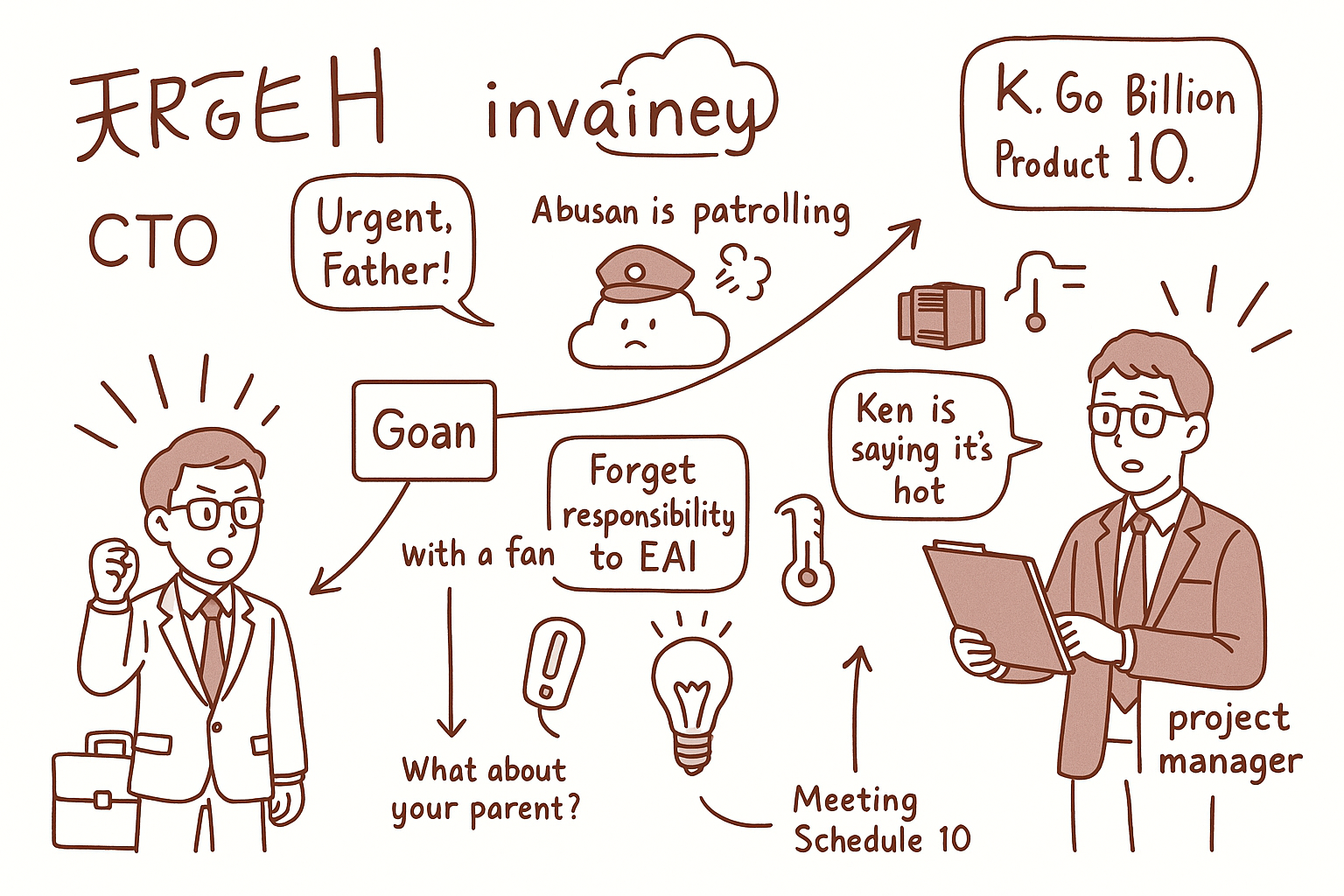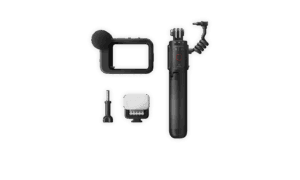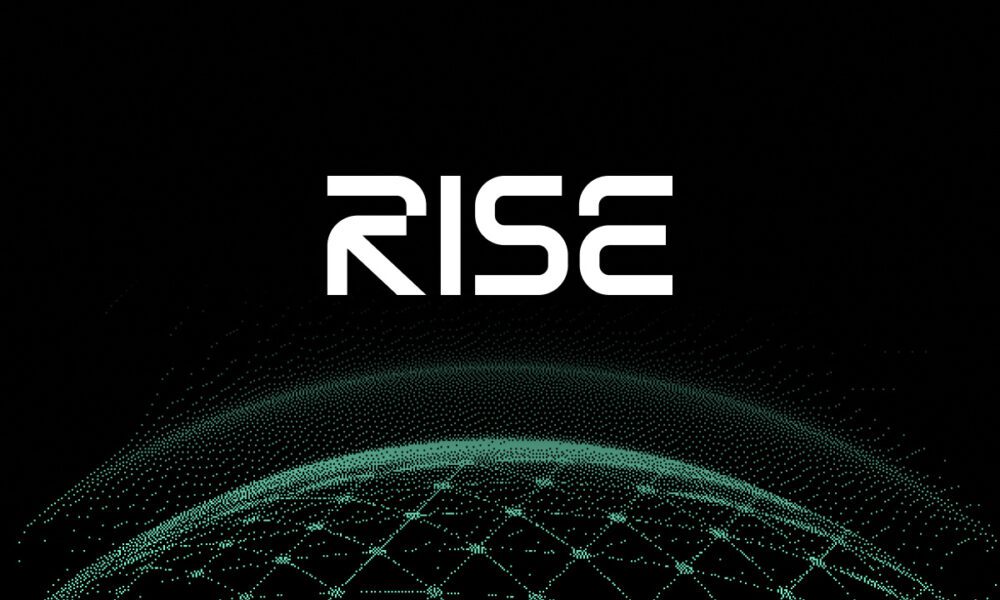Have you ever wondered why some small and medium-sized enterprises (SMEs) seem to be thriving with AI while others are just stuck? It turns out that many businesses struggle with the basics, often overlooking their existing tech setups or employee training. Some studies reveal that more than half of SMEs don’t even know where to start! But don’t underestimate the impact of getting this right; it could quietly reshape your future. If you’re feeling lost, remember: identifying key areas for AI can make all the difference. Curious about what steps you could take next? Let’s dive deeper into those solutions…(Some viewpoints in this article are based on publicly available data from [the related website].)
In the bustling world of Japanese SMEs, one company, referred to as “Tech Innovators,” faced a turning point in their AI adoption journey. Initially, they poured 30% of their annual budget into multiple AI solutions that ultimately fell flat. “We thought the more tools we had, the better,” admitted the CTO during a tense meeting. However, this approach was fundamentally flawed; they underestimated the need for tailored training and integration with existing systems. “You can’t just throw money at it and expect miracles!” countered an exasperated project manager. This internal conflict highlighted a crucial misstep: without a cohesive strategy, all resources were wasted. As Tech Innovators reevaluated their methods and sought actionable insights from failed attempts, could they finally unlock the true potential of AI?
Our team quickly initiated a comprehensive diagnosis to identify the root of our AI solution failures. By comparing performance metrics and conducting on-site interviews, we uncovered that response success rates plummeted to just 30%. This alarming statistic highlighted the severity of our situation. To tackle these challenges, we decided to implement an advanced monitoring tool designed to track real-time system performance and user interactions. A critical step involved synchronizing training sessions for our internal staff to ensure everyone was aligned with new protocols.
While some team members were optimistic about this approach, others raised concerns about potential risks associated with system overloads during peak usage times. We launched a small-scale pilot test focusing on a subset of users, and early results showed promise—customer complaints dropped by 40%, indicating improved satisfaction levels. However, the testing phase is still in its infancy; no one can say for certain if this solution will hold up under pressure or lead us further down the rabbit hole.
Many people wonder, is AI really suitable for every situation? 🤔 The answer isn’t that straightforward. When it comes to implementing AI in Japanese SMEs, there are a few crucial factors to consider.
First off, let’s talk about the cost of implementation. It’s natural to be concerned about expenses! Many small and medium enterprises worry that adopting AI will break the bank. While costs can vary widely based on the technology and scale of implementation, on average, businesses might expect to spend anywhere from ¥1 million to ¥10 million ($9,000 – $90,000) initially. 💸
Next up is training and support—a key aspect often overlooked. I remember having my doubts about how employees would adapt until I discovered numerous resources available for training staff on new systems. Many vendors offer comprehensive training programs or even ongoing support after installation. This makes transitioning much smoother than you might think!
Now let’s dive into data privacy regulations—an area where many feel uncertain. With Japan’s robust laws governing data usage, it’s essential for SMEs to understand how these regulations influence AI adoption. Compliance might seem daunting at first glance, but it can actually enhance trust with customers when handled properly.
And what about the all-important question of Return on Investment (ROI)? 📈 Numerous case studies show that businesses integrating AI into their operations often see significant efficiency gains—some report productivity increases of up to 30%! These numbers can help ease concerns over whether the investment pays off.
Lastly, don’t forget those industry-specific applications! 🚀 Different sectors within SMEs have successfully harnessed AI in unique ways—from automating customer service responses in retail to optimizing supply chains in manufacturing. Real-world examples can illustrate just how transformative this technology can be.
So with all this information swirling around, we must ask ourselves: what truly lies at the core of our concerns regarding AI? Let’s keep exploring…
Practical Steps to Embrace AI in Japanese Manufacturing SMEs
For manufacturing SMEs aiming to boost efficiency through AI, start by **evaluating your current technology infrastructure**. Use tools like **Microsoft Azure’s Assessment Suite** to identify gaps and ensure your systems can support AI integration. This foundational step helps you understand what upgrades are necessary before diving deeper.
Next, **define clear AI objectives** tailored to your operations. Whether it’s optimizing supply chains or enhancing predictive maintenance, having specific goals ensures your AI projects stay focused. I’ve seen teams struggle when objectives are too vague, so clarity is key!
Then, **launch a pilot project**. Choose a manageable area, such as automating inventory management with **IBM Watson**, to test AI’s effectiveness without overwhelming your resources. Starting small allows you to learn and adapt without substantial risk.
**Invest in employee training** using platforms like **Coursera** or **Udemy**. Equipping your team with AI skills not only smooths the implementation process but also fosters a culture of innovation. Many SMEs overlook this, leading to resistance and underutilization of AI tools.
Regularly **monitor your progress** with dashboards from **Tableau** or **Google Analytics** to track performance against your KPIs. This continuous assessment lets you make data-driven adjustments and ensures your AI initiatives deliver real value.
Ready to take the next step and explore how AI can transform your manufacturing processes? Let’s dive deeper into optimizing your AI strategy!
As the surge in AI adoption among Japanese SMEs continues, driven by government initiatives, we’ve seen a remarkable 50% increase in technology implementation over the past five years. This trend could potentially reshape work dynamics significantly, making businesses more agile and innovative. However, if this pace keeps up, it raises questions about workforce adaptability and technological sustainability. How will these changes impact our industries? What challenges might lie ahead as we embrace this digital shift?




















![Port 443 vs Port 80: How Do They Differ? [A Complete Guide]](https://techbullion.com/wp-content/uploads/2025/11/unnamed-34-300x180.png)
![Port 443 vs Port 80: How Do They Differ? [A Complete Guide]](https://techbullion.com/wp-content/uploads/2025/11/unnamed-34-80x80.png)













